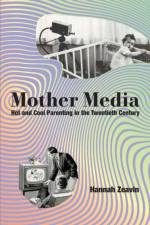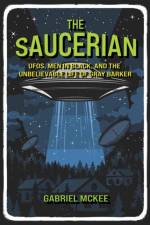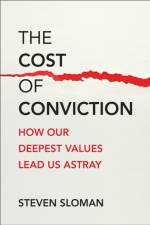av Anthony Dunne
477
What it means to design at a time when, for many people, the future seems to have become an impossibility.When reality fails us, what can design do? Question design’s relationship to reality, as Anthony Dunne and Fiona Raby do, in this exhilarating, yet thoughtful journey to the edges of science, philosophy, and literature to find new ways of thinking about the possible—and about the meaning, function, and place of design in that speculative world of “not here, not now.” A conceptual travelogue of sorts, Not Here, Not Now brings together words, images, and objects that capture, in design form, some of the ideas encountered along the way. Itself a design experiment, the book explores ways to bring these ideas into conversation with objects through imagined archives, libraries, glossaries, taxonomies, lists, tales, and essays.The design responses in Not Here, Not Now—to a stone raft, e.g., or a vegetable lamb, swatches of imaginary colors, a pocket universe in the home, objects undergoing space-time collapse—are, like the most compelling utopias, impossible by design, aiming instead to nourish the creative, intellectual, and imaginative ground from which new possibilities, still unknown, might begin to emerge.






























